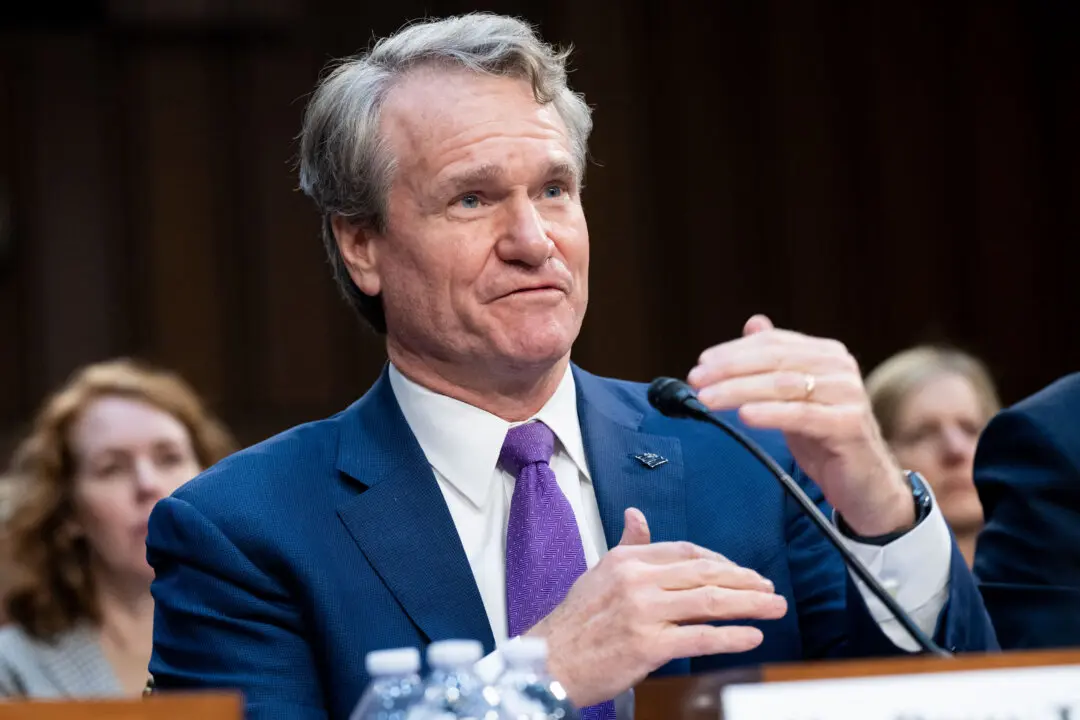Cryptocurrencies started the week off on a solid footing, with Ethereum vaulting on Nov. 8 to a new record high and Bitcoin trading close to its all-time high, ahead of a closely-watched inflation data release later in the week.
Ethereum was trading at $4,730.38 on Coinbase at 7:31 a.m. New York time, after a sharp 4 percent rally over the past 24 hours saw it briefly touch $4,753.





